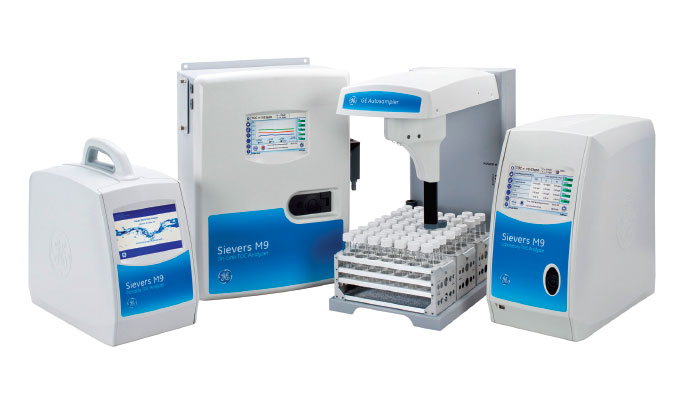Tampa Electric Company’s Polk Power Station in Mulberry, Florida, was commissioned in the mid-nineties with clean and highly efficient integrated coal gasification combined cycle (IGCC). With continued expansion and process optimization efforts, gross power production increased approximately three times the initial amount (serving nearly 100,000 homes). To meet plant demands, on-site water treatment reaches 5,000-6,000 gallons per minute. In addition to clean power production with low NOx, SO2, and particulate emissions, the plant discharges zero process water and uses reclaimed wastewater from the city of Lakeland for cooling water as opposed to it being discharged. However, process improvements are often accompanied by operational challenges which intensify at large scale making it difficult to maintain efficiencies and further lower operation costs.
CHALLENGE
With most operational efforts focusing on fuel and efficient use of that fuel, often the water and steam side of the process is overlooked. TECO’s zero process water discharge goal and the use of reclaimed city water makes on-site water treatment challenging. The 17-mile-long, winding reservoir serving the plant has difficult to treat organics and temperature swings that cause biological growth, slime and bio-fouling. The high organic loading has caused detrimental reverse osmosis (RO) fouling making it difficult to determine proper pre-treatment to the RO. The RO system acts as primary demineralization before the water is sent to decarbonators and final demineralizer beds. The effluent of the demineralization system is then pumped to condensate storage takes as the makeup to the plant’s steam and condensate system. Any impurities or contaminants that reach these systems can damage power production and plant assets like turbines.
The challenging raw and process water also make it difficult to obtain continuous online measurements without instruments fouling or plugging. The plant needs instrumentation on site that is reliable with minimal maintenance and downtime.
SOLUTION
The plant recently added Total Organic Carbon (TOC) monitoring in the lab to better understand organic loading. Intermittent grab samples indicated that minimizing and pre-treating the organics would be key to prevent RO fouling. Monitoring organics provides additional process knowledge and better identifies the source of contamination over traditional measurements like Total Suspended Solids (TSS), turbidity, conductivity, and particle counts. Unfortunately, periodic lab data made it difficult to correlate changes in the loading to pre-treatment or source fluctuations. Online monitoring provides real time organic profiling to better understand how the loading changes, what caused those changes, and how to immediately react with process improvements. Online TOC data was added with a Sievers M9 Online TOC Analyzer to characterize and evaluate the efficiency of a pre-treatment pilot consisting of ultrafiltration (UF) membranes, ferric coagulation, and chlorine ahead of the RO. The online TOC Analyzer coupled with other online instrumentation like turbidity and conductivity is implemented to improve how the plant operates.
During the trial of the TOC Analyzer, online analysis was conducted at various points through the pilot and across the plant including raw water during both dry and wet periods, coagulated water, and water with various levels of conductivity. Several observations during the trial justified and verified the use of online TOC data as necessary to control and optimize the plant’s water treatment processes.
The main observation was that there were times of big swings in organics sometimes day to day and sometimes throughout the day. This immediate (data every two minutes) result can help operators make real time adjustments and troubleshoot what causes higher or lower loading. Additionally, there were times of relatively flat or stable readings where treatment could be turned down or held stable. The TOC results throughout the trial indicated high loading of natural organic matter and organic acids. Targeting TOC removal above just TSS or particle removal will help the plant determine appropriate filtration and membrane treatment to reject these organics and prevent fouling.
CONCLUSION
Online TOC data provides the needed data to make decisions about chemical dosing, UF cleaning, and ensuring RO protection. The M9 Online Analyzer offers maximal uptime with minimal maintenance proving it to be a reliable and consistent tool to make process decisions.
ABOUT THE AUTHOR
Kevin Cassidy is the executive vice president for engineered systems at Suez Water Technologies & Solutions. Suez offers the most comprehensive set of chemical and equipment solutions and services available, helping customers manage and optimize their water resources and process challenges across industries and municipalities. For more information, visit www.suezwatertechnologies.com and see them at WEFTEC Booth #4017.
_______________________________________________________
MODERN PUMPING TODAY, August 2018
Did you enjoy this article?
Subscribe to the FREE Digital Edition of Modern Pumping Today Magazine!
![]()


